When we look after our houseplants and see that they are not doing well, we frequently check the amount of watering and light they receive. Plant soil, on the other hand, is mostly overlooked. Soil is the growing medium in which plants are planted and thrive, so its quality determines their survival.
When it comes to indoor plants, soil quality is even more crucial because of the unique conditions inside the house. Due to the importance of this issue, this post will discuss the best potting soil for indoor plants. We will go through some of the growing mediums and soils available for houseplants in the first half of this article. Then we will talk about the best soil mix for indoor plants.
If you are interested in this topic, you can also read
<<Best soil for Snake plants>> and <<Best soil for microgreens>>articles.
Different types of growing mediums
1) Peat Moss
Peat moss is a dark brown fibrous substance formed by the degradation of sphagnum moss and other organic components over hundreds of years. Peat moss became available to gardeners in the mid-1900s, and it has since changed the way gardeners grow plants.
Using peat moss as a soil amendment can improve soil structure and increase the proportion of organic matter in the soil. It has an excellent potential to improve soil aeration. It can also effectively control water and retain nutrients that otherwise leach from the soil.
Peat moss generates a sterile environment free of weed seeds and pests for the plant, which is why it is one of the main ingredients of Best potting soil for indoor plants. It can even be used as sterile soil on its own.
2) Vermicompost
Vermicompost is a natural and organic fertilizer produced by the natural breakdown of food in the digestive system of earthworms. Because of the organic substance in this fertilizer, the plant’s growth period can be accelerated.
This organic fertilizer has more nutrients than regular organic fertilizers. One of the most significant advantages of vermicompost is that it is reasonably clean and free of common soil contaminants. This advantage makes vermicompost a good candidate for indoor gardening. Vermicompost has high water and nutrient holding capacity.
3) Cocopeat
Cocopeat is a growing medium made from the fibers surrounding the coconut fruit or the fibers of coconut trees. Compared to other forms of growing medium, cocopeat has a higher water retention potential, which aids plant germination. It functions like a sponge and can hold water up to 20 times its weight.
4) Perlite
Perlite is an amorphous volcanic glass with a high water content that is often created when obsidian is hydrated. Perlite’s porosity enhances aeration by facilitating air exchange in the soil for plant roots. When combined with other soil ingredients, perlite can increase soil water retention and deliver water to the roots with a uniform distribution throughout the soil for extended periods. Perlite also reduces the leaching of soil nutrients. Due to these numerous benefits, perlite is one of the main ingredients of the best potting soil for indoor plants.
5) Leaf mold
Allowing leaves to decay over time leads to leaf mold. Leaf mold is dark brown to black, which reminds us of compost. Leaf mold is nothing more than decomposed leaves. Leaf mold has little nutritional value for flowers and plants and is primarily employed since it increases water-holding capacity, improves soil structure (and hence water and airflow within the soil), and provides habitat for microorganisms. Leaf mold is One of the most frequent growing mediums for houseplants. This sort of soil can provide both good drainage and water storage at the same time.
Best potting soil for indoor plants
Nowadays, a wide range of plants are grown indoors. These plants can be classified into four categories: 1) Vegetables, 2) Cactus and succulents, 3) houseplants, 4) seedlings and microgreens. These indoor plants have unique requirements, necessitating a unique soil mix for each of them. This section will discuss different recipes for the best soil mix for indoor plants.
Best soil mix for growing vegetable
To produce a healthy and plentiful crop, vegetables require plenty of water and nutrients. In general, a suitable soil mix for vegetables should have good drainage and adequate nutrients. This soil should neither be heavy (contain clay) nor light (contain sand).
Soil mix Recipe for vegetable
1) An appropriate vegetable soil mix can be prepared by combining 50 percent peat moss (because of organic matter) with 50 percent leaf mold (due to high drainage).
2) Another recommended soil mixture for growing vegetables is one part vermicompost, one part sand, and one part leaf mold.
Best soil mix for succulents and cactus
Succulents and cactus plants deserve special consideration when it comes to making the best potting soil for indoor plants. Succulents and cactus require well-drained soil to thrive. Ordinary soils absorb a lot of moisture and cause root rot, preventing cactus and succulents from growing. Heavy soils, vermiculite-based combinations, and other growing mediums that increase water retention should also be avoided.
Soil mix Recipe for succulents and cactus
1) For these types of plants, a soil mix of three parts peat moss (peat moss gradually supplies water to the plant), three parts sand, and two parts perlites can be used (perlite can create high porosity).
2) A combination of three parts peat moss, two parts coarse sand, and one part perlite or leca is another good soil mixture for cactus and succulents.
Best potting soil for houseplant
Suitable soil for houseplants should have sufficient pores, good drainage, and a good amount of nutrients. A good soil mix for houseplants can be a mixture of peat moss, vermicompost, leaf mold, and perlite. This mixture absorbs moisture well and keeps the plant firmly in the soil. Also, due to the presence of vermicompost, the plant’s nutrients are provided to a large extent, but to be sure, it is necessary to use 20-20-20 npk fertilizers once a week (one teaspoon dissolved in one or two liters of water).
Soil mix Recipe for houseplants
To make the best potting soil for houseplants, you can combine two parts peat moss or coco peat, one part perlite or leca, one part leaf mold, and one part vermicompost.
The best soil for microgreens and seedlings
To create the best Soil mix for indoor plant seedlings, we must consider the factors influencing plant germination. To boost a plant’s germination, we must examine the availability of nutrients, soil and water storage capacity, and the lack of pests and diseases to guarantee that the plant is in excellent condition during its early stages of growth.
Soil mix Recipe for microgreen and seedling
1) A mixture of four parts peat moss (high water holding capacity), one part perlite (improvement of aeration system), and one part vermicompost (supply needed organic matter), can be employed in the early stages of seed sowing.
2) To prepare the soil for seedlings, you can combine three parts cocopeat, one part perlite, and one part vermicompost.
3) However, experience has shown that using peat moss and perlite in a 3: 1 or 4: 1 peat moss to perlite ratio is the best soil mix for microgreens and seedling.
Conclusion
The delightful perfume of houseplants and vegetables in the home environment can offer lovely joy for all family members. To have healthy plants and vegetables at home, purchasing or making an appropriate and sterile soil mix for indoor plants is necessary. Different types of growing mediums for plants’ soil mix were addressed in this article. The Best potting soil for indoor plants can be achieved by blending these various growing mediums according to the storage condition and needs of each type of indoor plant.

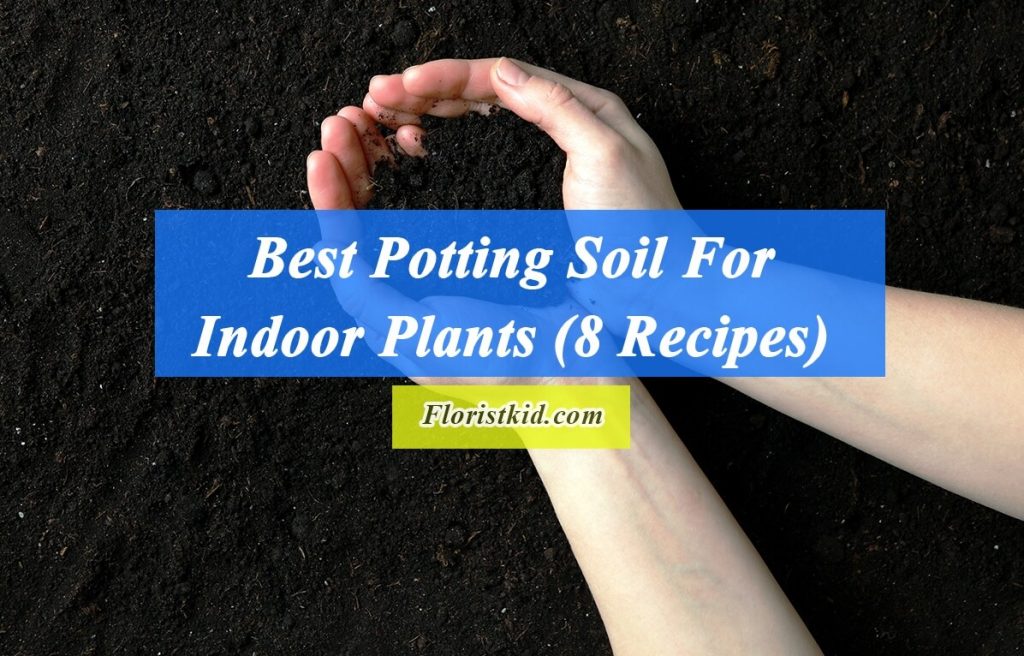


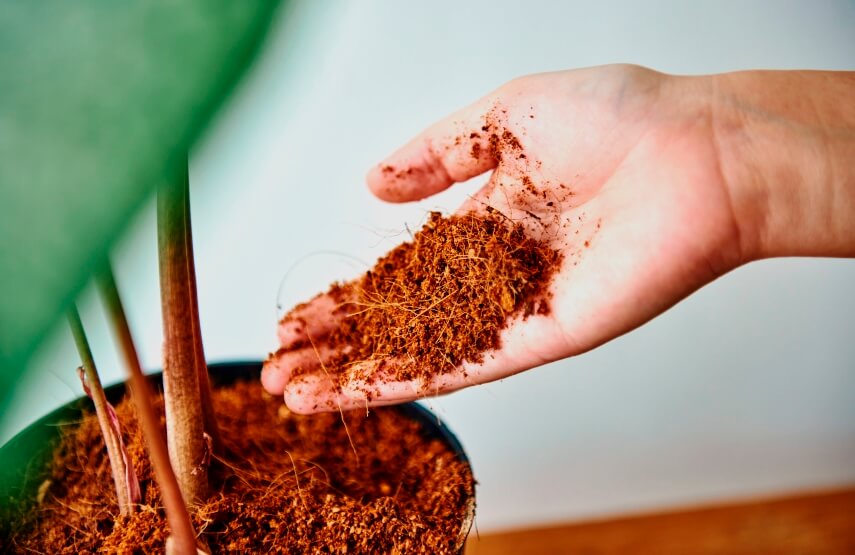
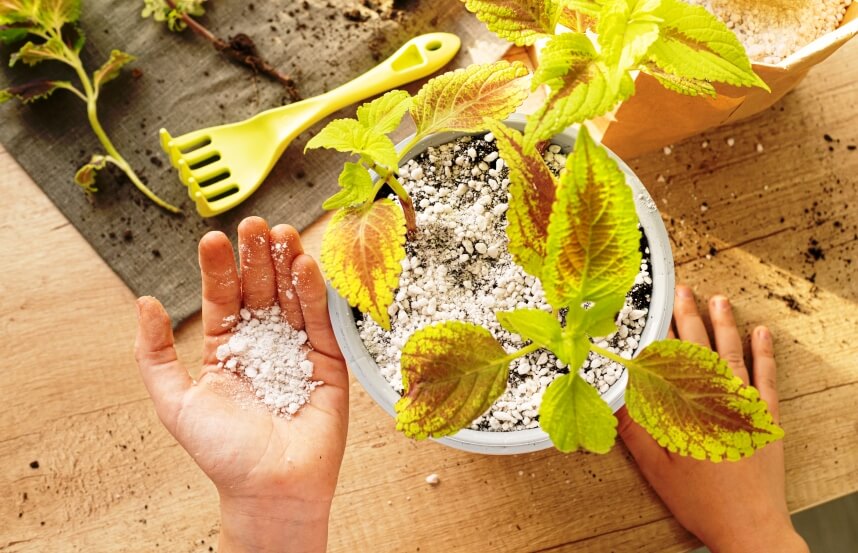




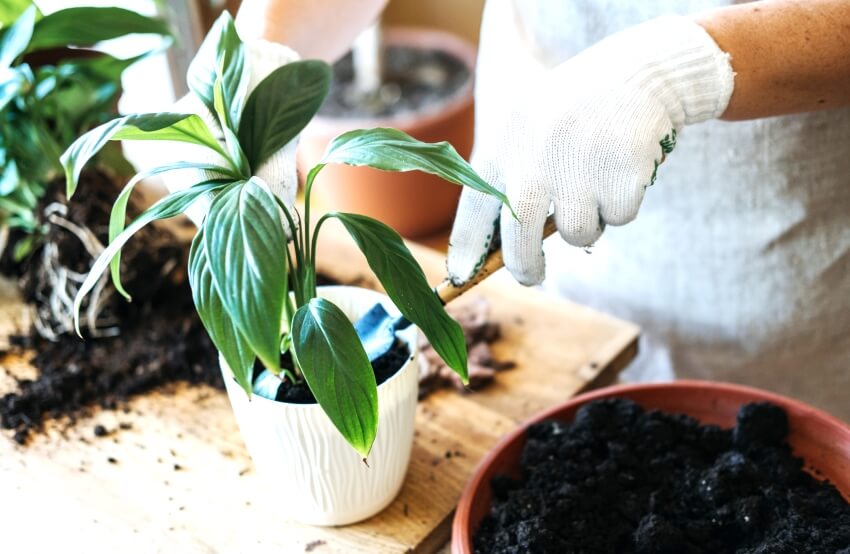
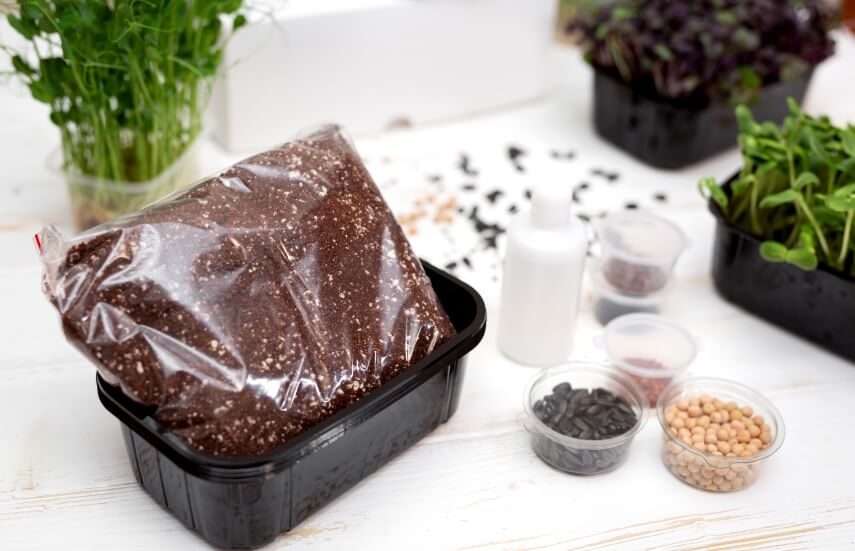
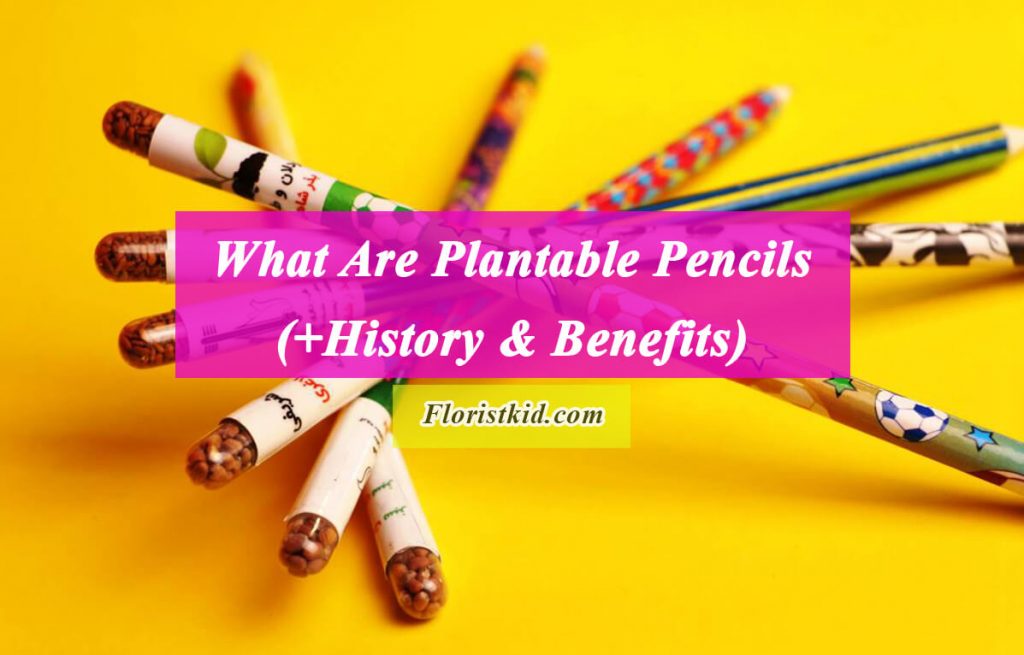
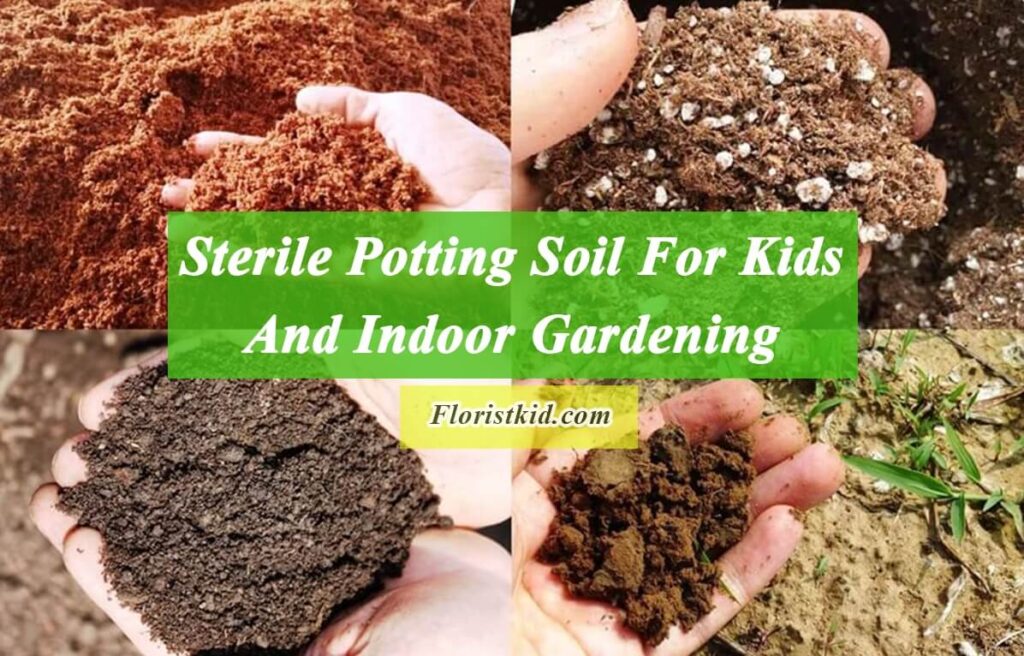
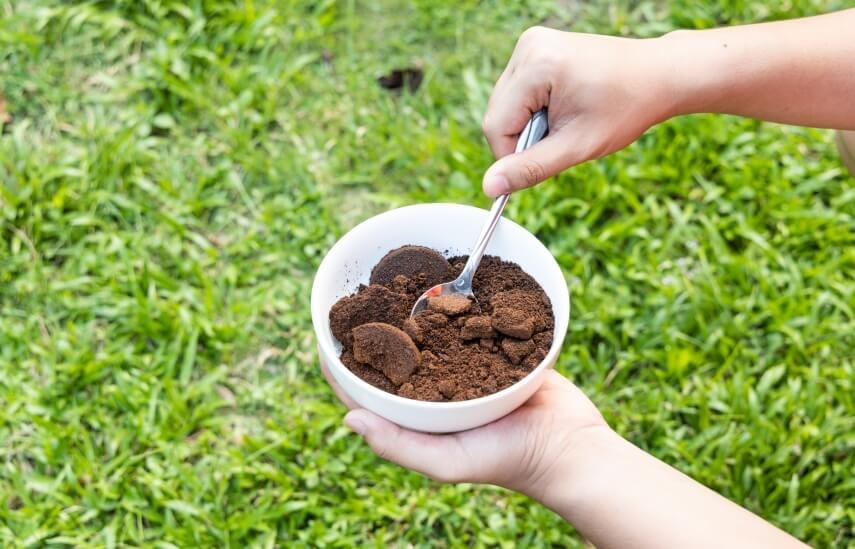

This is my potting soil choice:
If available, I use Foxfarm Ocean Forest potting mix and add coco coir, pumice, vermicast, charcoal…
I will apply more or less pumice depending on the type of plants. I use orchid bark and very little potting mix for aroids. I use coco coir, pumice, and vermicast for begonias.